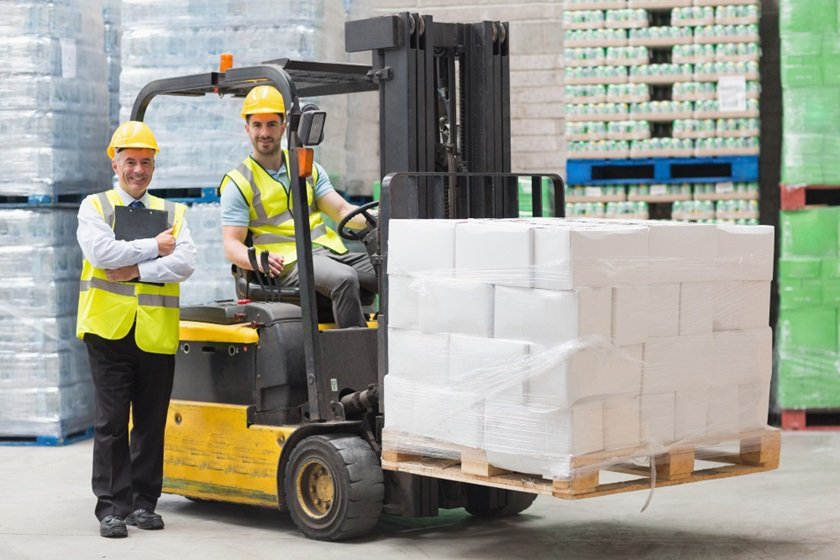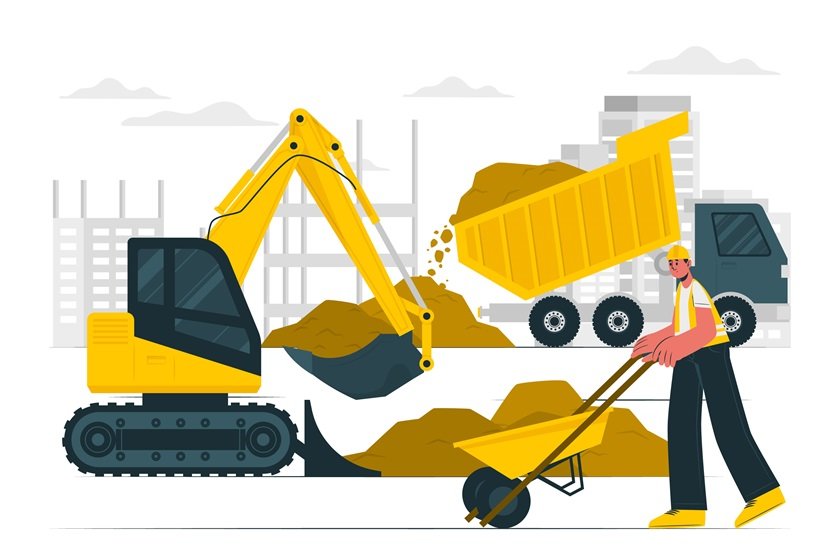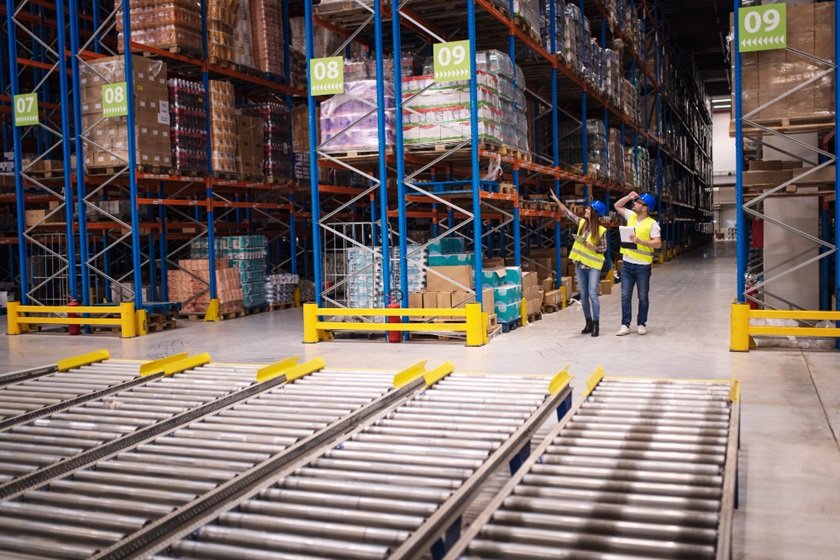Effective material handling is essential for ensuring smooth and efficient operations in various industries, including manufacturing, logistics, and construction. Implementing best practices for material handling not only improves productivity but also enhances workplace safety and reduces the risk of damage to goods. Here are some key best practices for material handling:
1. Proper Planning and Organization:
- Develop a comprehensive material handling plan that considers factors such as inventory levels, storage requirements, and workflow patterns.
- Organize storage areas logically, with frequently accessed items placed in easily accessible locations.
- Use labeling and signage to clearly identify different types of materials and their storage locations.
2. Employee Training and Education:
- Provide thorough training to employees on proper material handling techniques, equipment operation, and safety protocols.
- Ensure that workers understand the importance of ergonomics and proper lifting techniques to prevent injuries.
- Regularly conduct refresher training sessions to reinforce best practices and address any new developments or changes in procedures.
3. Use of Appropriate Equipment:
- Select material handling equipment that is suitable for the specific requirements of the task, such as forklifts, pallet jacks, conveyors, and cranes.
- Regularly inspect and maintain equipment to ensure optimal performance and safety.
- Consider investing in specialized equipment, such as ergonomic lifting aids or automated material handling systems, to improve efficiency and reduce manual labor.
4. Streamlined Processes and Workflows:
- Implement lean manufacturing principles to minimize waste and optimize material flow throughout the facility.
- Design workflows to minimize unnecessary handling and transportation of materials, reducing the risk of damage and improving efficiency.
- Use Just-In-Time (JIT) inventory management techniques to minimize excess inventory and storage space requirements.
5. Safety Measures and Risk Mitigation:
- Prioritize safety by implementing proper safety protocols, including the use of personal protective equipment (PPE) and adherence to safety guidelines.
- Conduct regular risk assessments to identify potential hazards in material handling operations and take proactive measures to mitigate risks.
- Encourage a culture of safety by promoting awareness, communication, and reporting of safety concerns or incidents.
6. Continuous Improvement and Optimization:
- Regularly review and evaluate material handling processes to identify areas for improvement and optimization.
- Seek feedback from employees and stakeholders to identify potential inefficiencies or bottlenecks in material handling operations.
- Implement continuous improvement initiatives, such as Kaizen events or Six Sigma methodologies, to drive ongoing enhancements in material handling efficiency and effectiveness.
By implementing these best practices for material handling, organizations can optimize their operations, improve productivity, enhance workplace safety, and ultimately achieve greater success in their respective industries.




